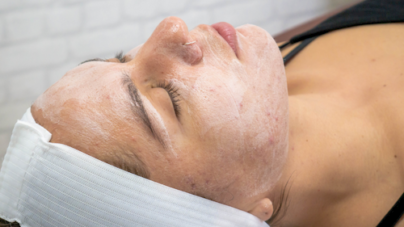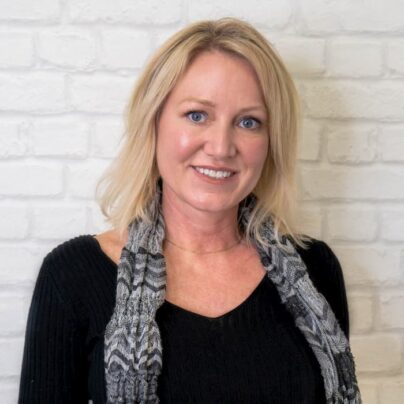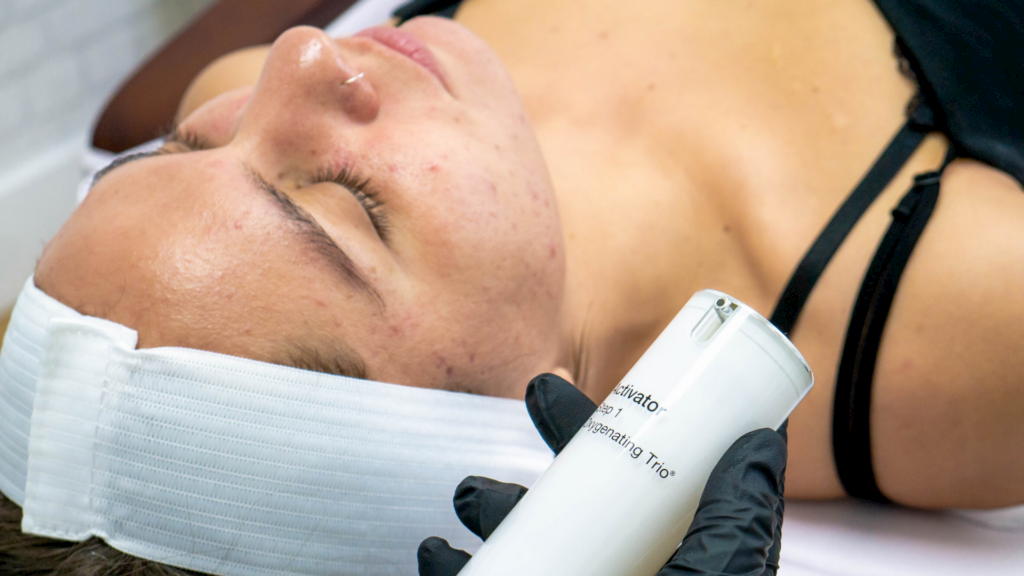The beauty industry is booming, and many products and procedures promise improvement in areas such as anti-aging, acne, sun damage, and scarring. Chemical Peel is a term that is widely talked about but little understood by the average consumer. I get questions quite often on what the difference is between types of peels? What are the benefits? Does it hurt, and how long the downtime will be?
A chemical peel consists of a solution applied to the skin to exfoliate the top layer(s). The desired effect after the healing process is fresh, healthy skin that has a radiant glow. The speed and depth of exfoliation depend on the specific acid used, the concentration of the solution, its acidity or PH level, and the amount of time it is left on the skin.
I’m going to talk only about categories 1 & 2 today as these are the types most widely used in a medspa environment.
Category 1:
Light depth peels remove only the top layer of dead skin. There isn’t any pain but may experience a slight tingling sensation during treatment. There isn’t any recovery time; perhaps a little “pink” with mild flaking is all.
- Enzyme: is a non-acid peel derived from fruit acids such as pumpkin, papaya, and pineapple. The benefits are mild exfoliation suitable for all skin types, including sensitive. Great for achieving a brighter complexion.
- Lactic Acid: is derived from milk and is used to smooth the skin texture, fade discoloration, and leaves the skin hydrated with a healthy glow. This peel is suitable for sensitive and mature skin types.
- Glycolic Acid: Alpha Hydroxy Acid (AHA) is derived from sugarcane. The benefits are a more even skin tone, clears impurities, shrinks pores, stimulates collagen production, leaving the skin hydrated with smoother lines.
- Salicylic acid: is a Beta Hydroxy Acid (BHA) derived from willow bark. This type of peel penetrates more deeply than an (AHA), making it ideal for acne-prone skin. It can be combined with glycolic acid to pack more punch.
Category 2:
Medium depth peels penetrate deeper into the skin to aggressively treat scarring left by acne, sun damage, pigmentation marks, and wrinkles. The sensation during this treatment can range between “burning and stinging” that lasts 30 minutes to an hour after the procedure is complete. The face may become swollen, pink, or itchy. In a few days, you can expect the peeling of the skin. You may even experience brown and white patches while the skin is in the healing stage. Recovery is generally a week but can last for several weeks.
- Jessners: This is a peeling agent consisting of lactic acid, salicylic acid, and resorcinol. This peel is excellent for acne and hyperpigmentation. It helps clear, fade, and prevent acne lesions.
- TCA: is made from trichloroacetic acid and the most durable type of chemical peel in this category. This procedure has an estimated downtime of at least a week. You can experience discomfort during the treatment with the physical peeling of the skin in the days to follow. After the healing stage, you will see a noticeable improvement with lines and wrinkles, acne scars, hyperpigmentation, and sun damage.
- Herbal: uses natural herbs instead of chemical additives to achieve a bright, healthy, firm complexion. “Herbal” chemical peel is suitable for all skin types.
 Post care is just as important as the peel itself; here are a few tips to soothe and protect your skin as it heals for the next 3-5 days. Cold compresses may be used as needed to cool the burning sensation the 1st few hours after the peel. Cleanse skin gently with a mild and gentle cleanser using cool water and only your fingertips. Do not use washcloths, loofahs, or abrasive products, the skin is fragile, and this will be too harsh. Keeping the skin moisturized at all times is what we call “moist wound healing.” This will maintain you comfortable as the skin dries out and prepares to slough off. Moisturizing often promotes the healing process by locking in moisture and reducing bacterial infection. Heat and direct sun exposure can cause inflammation to the skin. Avoid exercising and sweating for a minimum of 2-3 days or until you have stopped peeling. Sweating excessively after treatment can irritate the skin because the sweat can become trapped under the dead layer of skin. Stay out of the sun and tanning beds for four weeks. If you must be outside, seek shaded areas or use a large brimmed hat or an umbrella. Continue to wear sunscreen as your skin will be more susceptible to sunburns and sun damage. If the skin is left unprotected, it might develop blotchy or dark spots. I prefer * SkinCeuticals Sheer Physical SPF. This product uses zinc oxide and titanium oxide to reflect the sun rays away from the skin. Reapply every 2 hours for maximum coverage. Absolutely and under no circumstance should you pick or pull on the peeling skin. This will interrupt your skin’s natural healing cycle. You will interfere with the results, increase your chance of infection, or be left with discoloration and scarring. Refrain from using products with acid or retinoids, even products used to treat acne should not be used for the week. These ingredients will keep skin red and irritated until fully healed. Plan and pick a time when you are free from events and social activities for the week of downtime.
Post care is just as important as the peel itself; here are a few tips to soothe and protect your skin as it heals for the next 3-5 days. Cold compresses may be used as needed to cool the burning sensation the 1st few hours after the peel. Cleanse skin gently with a mild and gentle cleanser using cool water and only your fingertips. Do not use washcloths, loofahs, or abrasive products, the skin is fragile, and this will be too harsh. Keeping the skin moisturized at all times is what we call “moist wound healing.” This will maintain you comfortable as the skin dries out and prepares to slough off. Moisturizing often promotes the healing process by locking in moisture and reducing bacterial infection. Heat and direct sun exposure can cause inflammation to the skin. Avoid exercising and sweating for a minimum of 2-3 days or until you have stopped peeling. Sweating excessively after treatment can irritate the skin because the sweat can become trapped under the dead layer of skin. Stay out of the sun and tanning beds for four weeks. If you must be outside, seek shaded areas or use a large brimmed hat or an umbrella. Continue to wear sunscreen as your skin will be more susceptible to sunburns and sun damage. If the skin is left unprotected, it might develop blotchy or dark spots. I prefer * SkinCeuticals Sheer Physical SPF. This product uses zinc oxide and titanium oxide to reflect the sun rays away from the skin. Reapply every 2 hours for maximum coverage. Absolutely and under no circumstance should you pick or pull on the peeling skin. This will interrupt your skin’s natural healing cycle. You will interfere with the results, increase your chance of infection, or be left with discoloration and scarring. Refrain from using products with acid or retinoids, even products used to treat acne should not be used for the week. These ingredients will keep skin red and irritated until fully healed. Plan and pick a time when you are free from events and social activities for the week of downtime.
Homecare products and follow up treatments are usually required to regulate and maintain desired effects. It is recommended with milder peels to do a series of 6. Deeper peels may only be performed once. It is vital to consult with your licensed skincare professional about the best-suited treatment for your skin type so you can get the most out of your “peeling.”
Author: Shannon L. , Novuskin VIP Aesthetician & Laser Tech








